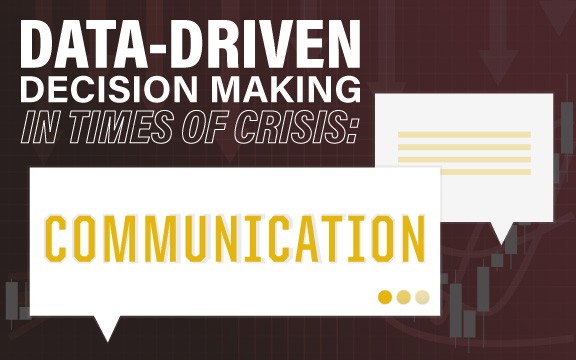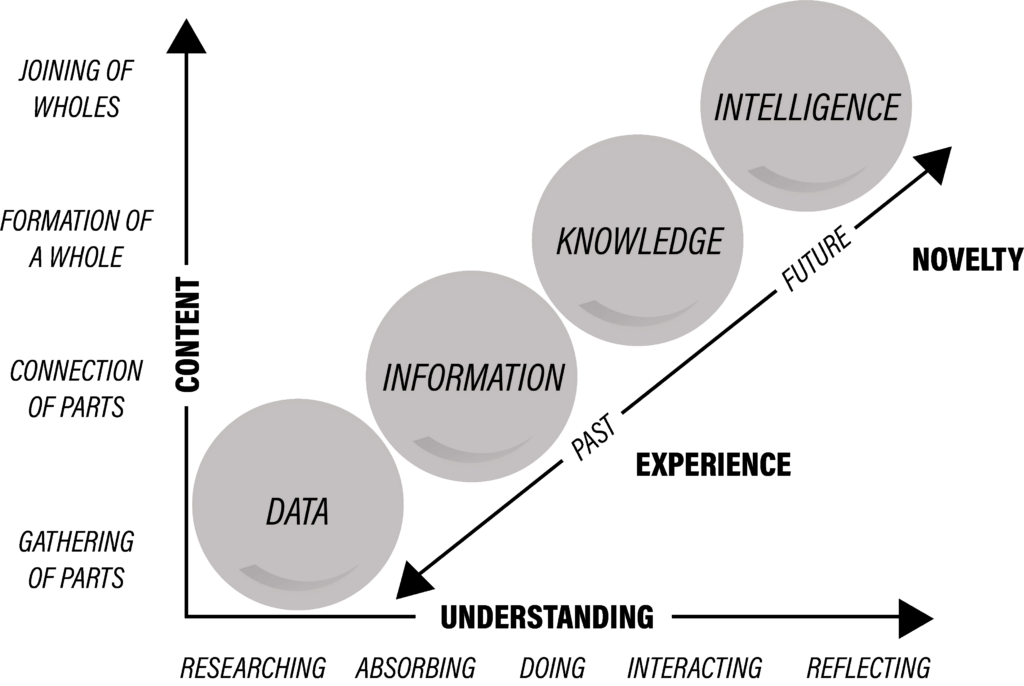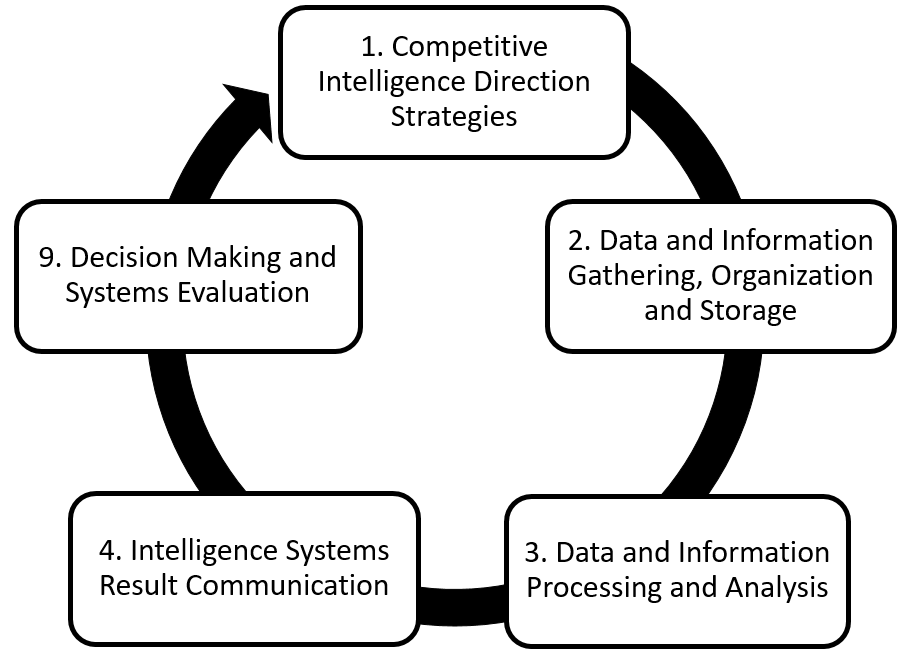 Authors: Dr. Lourival Carmo Monaco Neto, Postdoctoral Research Associate
Authors: Dr. Lourival Carmo Monaco Neto, Postdoctoral Research Associate
Dr. Allan W. Gray, Executive Director and Professor
In this final article in the Data-Driven Decision Making in Times of Crisis series (catch up on previous parts of the series here: 1) Data-Driven Decision Making, 2) What Data?, 3) Data Collection and 4) Data Analysis), we explore the last stage in the journey to transform data into actionable intelligence, also known as the intelligence cycle. This stage revolves around the process of communicating data analytics results to decision makers in the most effective way in order to facilitate decision making.
Transformation of Data into Intelligence

The Intelligence Cycle

In his book entitled “Competitive Intelligence”, Larry Kahaner says that after data and information are correctly analyzed and the results are consolidated, it is time to communicate (or disseminate, in Kahaner’s terminology) these results to those who asked the questions. This is a critical moment in the intelligence process in which many organizations fail. To be successful in this communication effort, Kahaner suggests five crucial aspects:
- The analysis must be responsive to decision makers’ needs: The report (in any form it might take) has one main goal — to answer the decision maker’s questions (also known as the intelligence need).
- The analysis must be focused, not general: It is important for the communicated analysis to focus only on the questions asked. Decision makers don’t want to go over all the variables considered in the analysis, nor do they have the time. Instead, they need a direct answer. However, this does not mean that how the answer to the question was found is not important or that all possible influences and outcomes should be omitted from the report. This information should be kept as reference material for latter consumption by the decision maker’s audience, if they so choose. Moreover, these methodological and tertiary results should be documented clearly for future analyst reference.
- The analysis has to be timely: Considering how fast the world changes, some data used in the beginning of the intelligence process may be outdated by the time the analysis is complete. The analysis must be malleable enough that new data can be added in a timely manner so that relevant results can be derived. Creating analytical tools that allow for models to be updated with new information also increases the shelf life of the analytical efforts.
- There must be high trust levels: It doesn’t matter how good an analysis is if the decision maker doesn’t trust the analysts. In many occasions, the person/team presenting the intelligence report has to take on the role of a salesperson, presenting and convincing the decision maker that the report is solid, why and how. One of the many ways in doing so is to make decision makers comfortable with competitive intelligence methods and techniques. However, due to the necessity of being focused and timely, these explanations and convincing efforts must be done in a different moment than the analysis results presentation (workshops, lectures and other learning materials are of great help). This trust can also be achieved through previous successful projects.
- Results must be in the best form for the decision maker: We all have preferences on how to best receive information (visually, orally and/or kinesthetically). Not only should intelligence reports have all the right components, they should also be in the form that makes the biggest impact. Considering all of the new technologies available today, an old paper report may be outdated (unless this is the preferred form of a specific decision maker). Podcasts, videos, slide presentations (PowerPoint, Prezi, etc.) and interactive dashboards (Power BI, Tableau, Qlikview) are good options. It is important to attempt to understand the decision maker’s preferred way of receiving a report when trying to uncover the initial intelligence need. In doing so, it is possible to guide all of the steps in the intelligence cycle toward the form the final report will have, thus, saving time and resources.
After the decision maker has the answers to his/her intelligence needs in the most digestible form, they can close the cycle and make the decision at hand. The intelligence team should also be a partner in this decision and have their share in the responsibility in the decision’s outcome. Understanding decision making under this view can make teams more cohesive and cooperative since everyone involved shares the potential to lose on a mistaken decision or win on a good call.
If a good intelligence effort leads to an effective and timely decision, it is likely that new questions and intelligence needs will arise. This makes it even more important to reflect on the current experience and prepare for the next cycle. In the immediate time following the decision from the current intelligence cycle, the team has an important opportunity to reflect on what was done, understand weaknesses and strengths of the process and improve for the next cycle.
This decision making series was developed to bring awareness to the concepts of competitive intelligence. In today’s increasingly volatile environment where we are faced with continuous unexpected events, short lead times on decision making and an often overwhelming amount of data, having a clear process for turning data into intelligence is critical. Understanding the question, gathering appropriate data, using the correct analysis tools and clearly communicating results can be the key to effective decision making in a difficult environment.
Reference
KAHANER, L. Competitive Intelligence: How to Gather, Analyze, and Use Information to Move Your Business to the Top. Touchstone Books. 1996.
:



